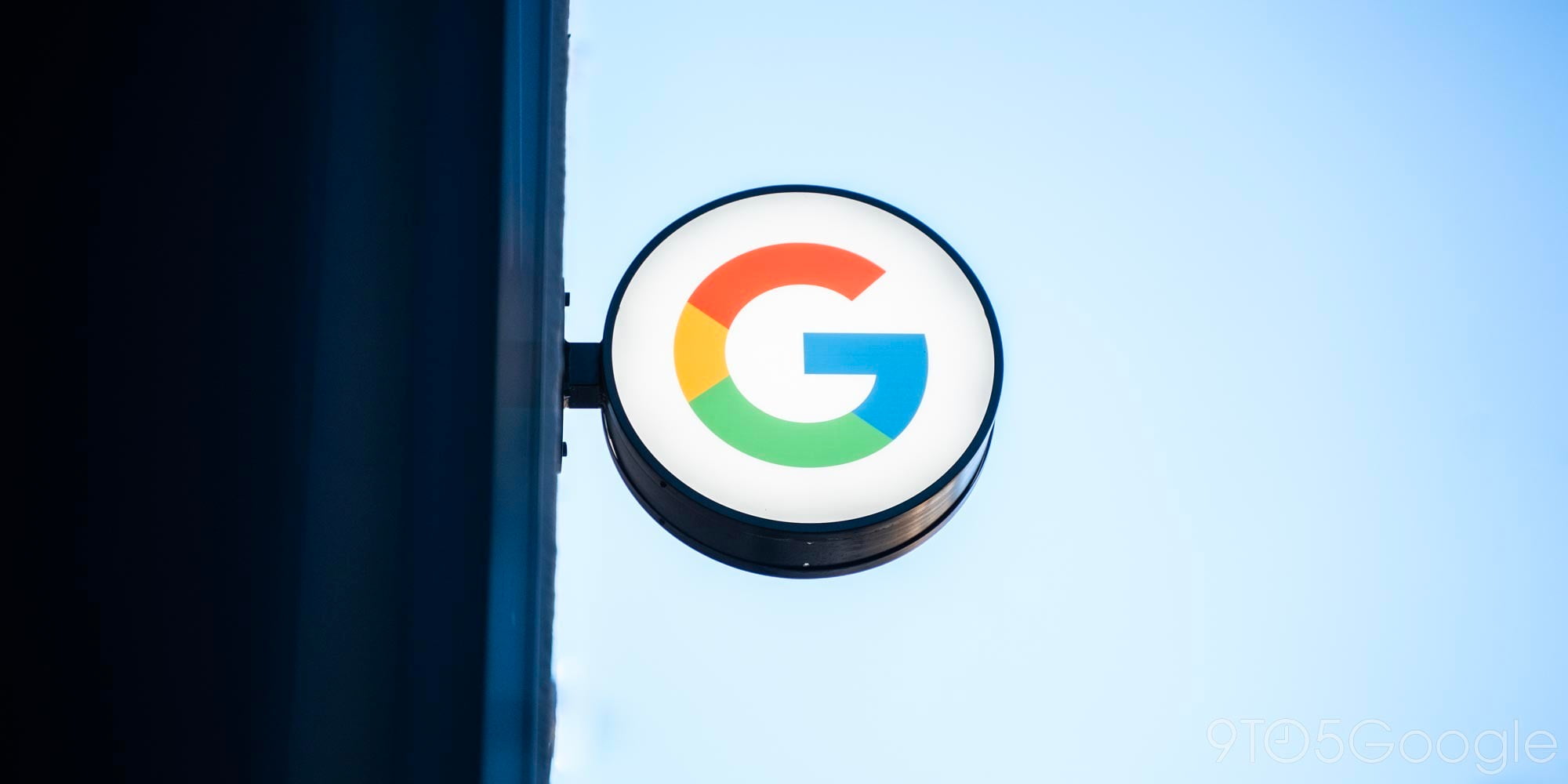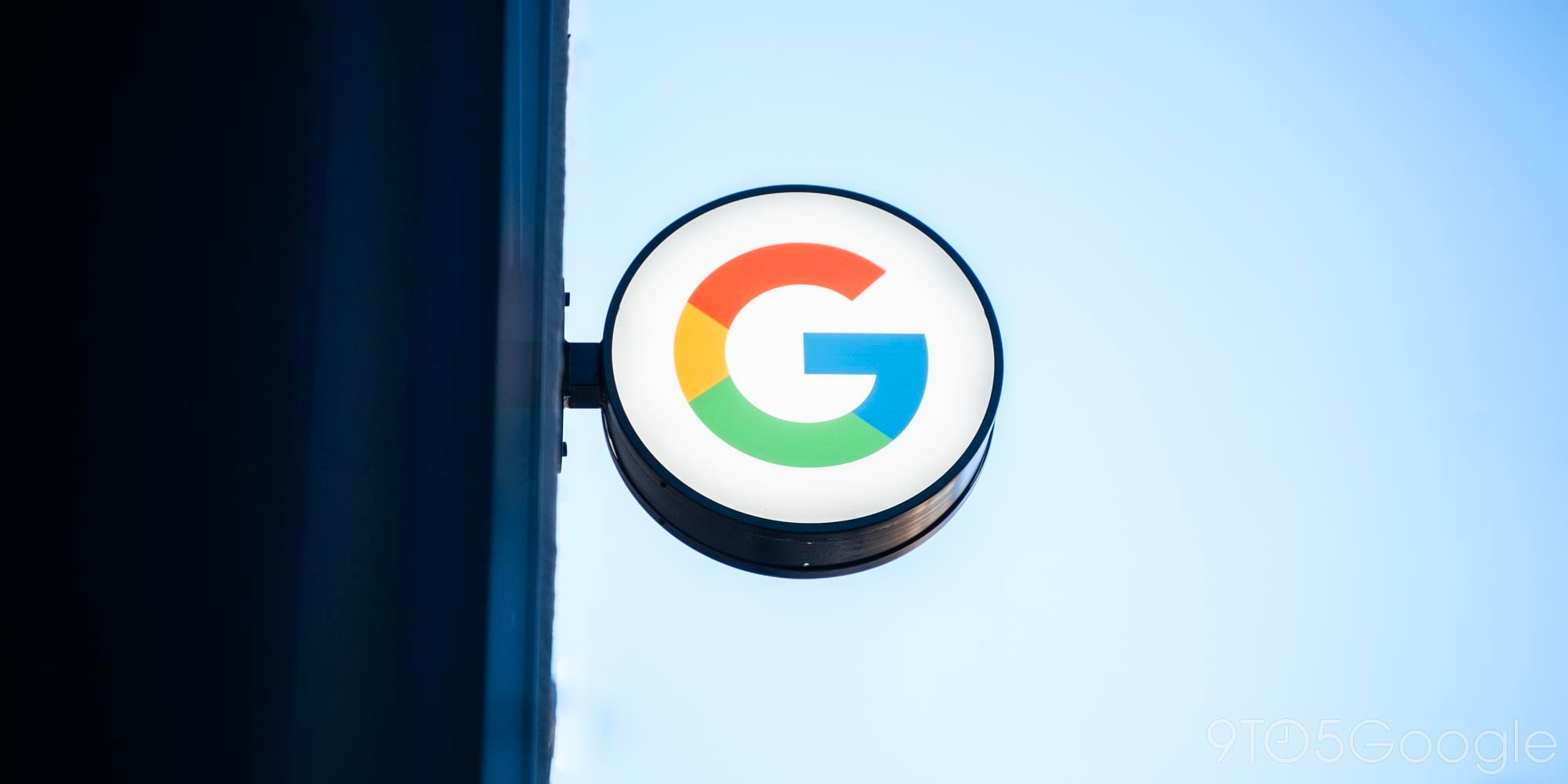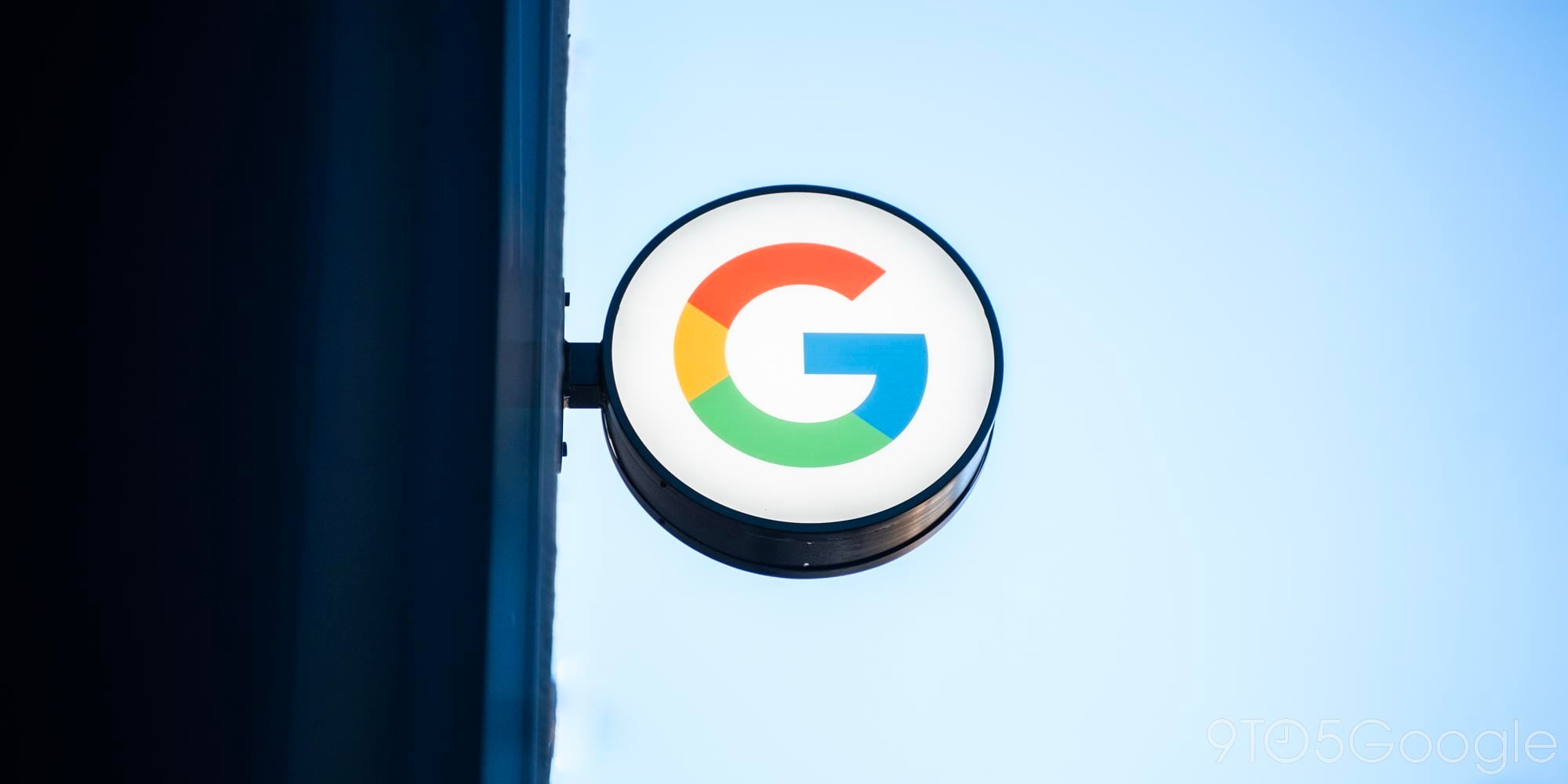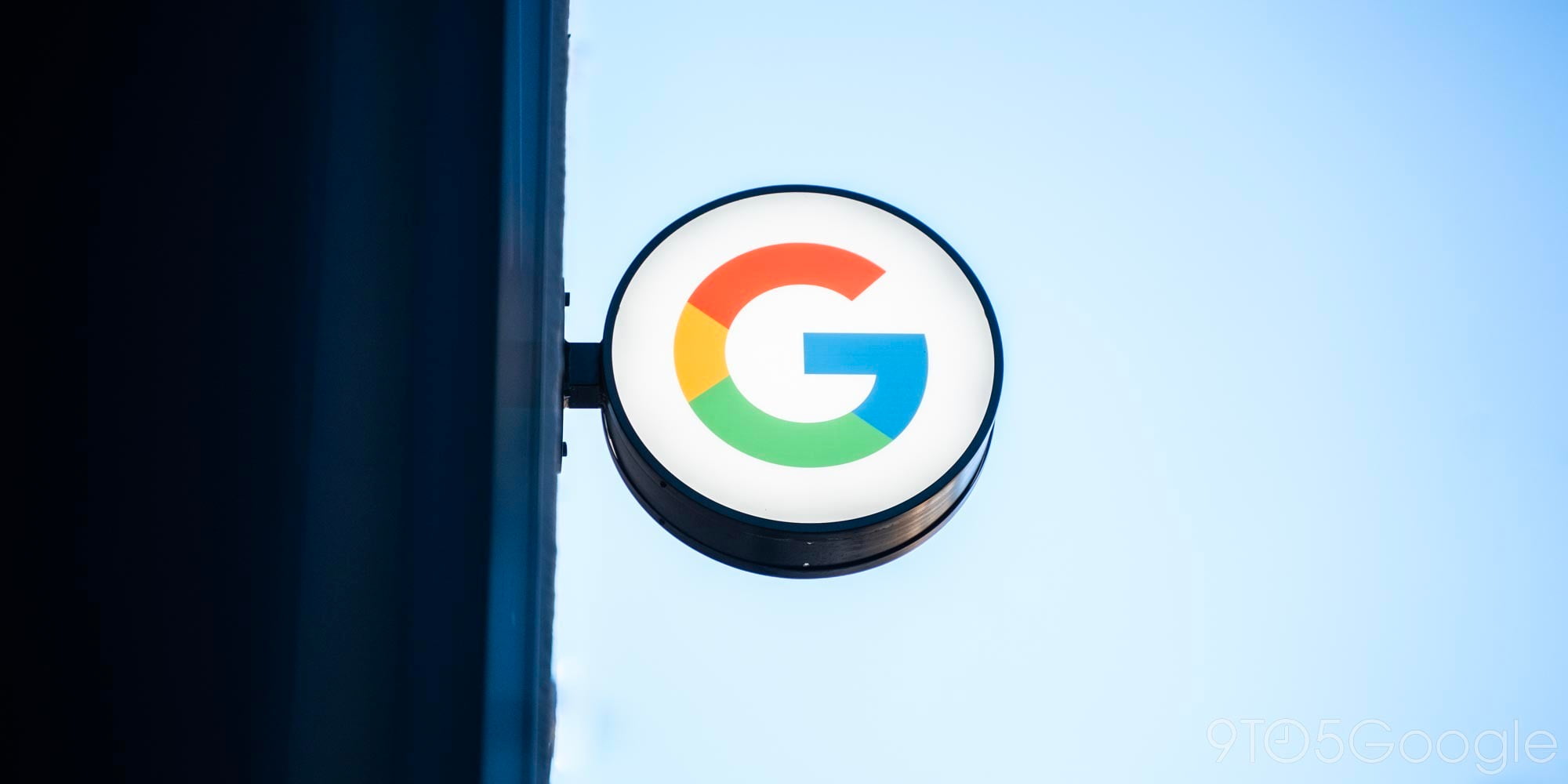Canonical has announced a new version of Ubuntu that is aimed at the smartphone and built around existing Android kernels and drivers, reported The Verge. The mobile OS will support both ARM and x86 and is said to be very easy for OEMs to adapt on their Android devices. The main difference between Ubuntu and other versions of Android is that Java Virtual Machine is not being utilized. According to the folks at Canonical, this is said to let “all core applications run at full native speeds with a small memory footprint.”
Ubuntu phones are expected to be shipping in early 2014, according to Canonical, while the device is being demoed today at a media event in London (as seen above). Additionally, downloadable versions of Ubuntu are expected in the coming weeks for the Galaxy Nexus to let developers begin tinkering. An app marketplace is in the works, as more devices will be added in the coming months.
Canonical has detailed the system requirements for smartphones running Ubuntu. The “entry level” Ubuntu device is expected to run a 1GHz Cortex A9 processor, 512MB – 1GB of RAM, 4-8GB eMMC + SD, and a multi-touch display. The high-end Ubuntu “superphone” calls for a Quad-core A9 or Intel Atom processor, 1GB of RAM minimum, multitouch, and desktop convergence. The desktop convergence part certainly sounds interesting, as Canonical called it a “a full PC desktop accessible just by docking the device to a monitor and keyboard.”
An initial hands-on report from Engadget said the OS relies on heavy edge swipes instead of buttons, much like Windows 8. Canonical will showcase the devices even more at CES 2013 next week, and we’ll definitely take them for a spin. In the mean time, you’ll find a gallery of Ubuntu running below.
[youtube=”http://www.youtube.com/watch?feature=player_embedded&v=cpWHJDLsqTU”]
Ubuntu comes to the phone, with a beautifully distilled interface and a unique full PC capability when docked
London 2nd January, 2013: Canonical today announced a distinctive smartphone interface for its popular operating system, Ubuntu, using all four edges of the screen for a more immersive experience. Ubuntu uniquely gives handset OEMs and mobile operators the ability to converge phone, PC and thin client into a single enterprise superphone.
“We expect Ubuntu to be popular in the enterprise market, enabling customers to provision a single secure device for all PC, thin client and phone functions. Ubuntu is already the most widely used Linux enterprise desktop, with customers in a wide range of sectors focused on security, cost and manageability” said Jane Silber, CEO of Canonical. “We also see an opportunity in basic smartphones that are used for the phone, SMS, web and email, where Ubuntu outperforms thanks to its native core apps and stylish presentation.”
Ubuntu is aimed at two core mobile segments: the high-end superphone, and the entry-level basic smartphone, helping operators grow the use of data amongst consumers who typically use only the phone and messaging but who might embrace the use of web and email on their phone. Ubuntu also appeals to aspirational prosumers who want a fresh experience with faster, richer performance on a lower bill-of-materials device.
The handset interface for Ubuntu introduces distinctive new user experiences to the mobile market, including:
- Edge magic: thumb gestures from all four edges of the screen enable users to find content and switch between apps faster than other phones.
- Deep content immersion – controls appear only when the user wants them.
- A beautiful global search for apps, content and products.
- Voice and text commands in any application for faster access to rich capabilities.
- Both native and web or HTML5 apps.
- Evolving personalised art on the welcome screen.
Ubuntu offers compelling customisation options for partner apps, content and services. Operators and OEMs can easily add their own branded offerings. Canonical’s personal cloud service, Ubuntu One, provides storage and media services, file sharing and a secure transaction service which enables partners to integrate their own service offerings easily.
Canonical makes it easy to build phones with Ubuntu. The company provides engineering services to offload the complexity of maintaining multiple code bases which has proven to be a common issue for smartphone manufacturers, freeing the manufacturer to focus on hardware design and integration. For silicon vendors, Ubuntu is compatible with a typical Android Board Support Package (BSP). This means Ubuntu is ready to run on the most cost-efficient chipset designs.
In bringing Ubuntu to the phone, Canonical is uniquely placed with a single operating system for client, server and cloud, and a unified family of interfaces for the phone, the PC and the TV. “We are defining a new era of convergence in technology, with one unified operating system that underpins cloud computing, data centers, PCs and consumer electronics” says Mark Shuttleworth, founder of Ubuntu and VP Products at Canonical.
Canonical currently serves the leading PC OEMs: ASUS, Dell, HP, and Lenovo all certify the majority of their PCs on Ubuntu and pre-install it in global markets. Over 20 million desktop PCs run the OS today, and Canonical estimates that close to 10% of the world’s new desktops and laptops will ship with Ubuntu in 2014. Ubuntu is also wildly popular as a server platform, the number one server OS on the key major public clouds and the leading host OS for OpenStack, the open source IAAS.
FTC: We use income earning auto affiliate links. More.










Comments